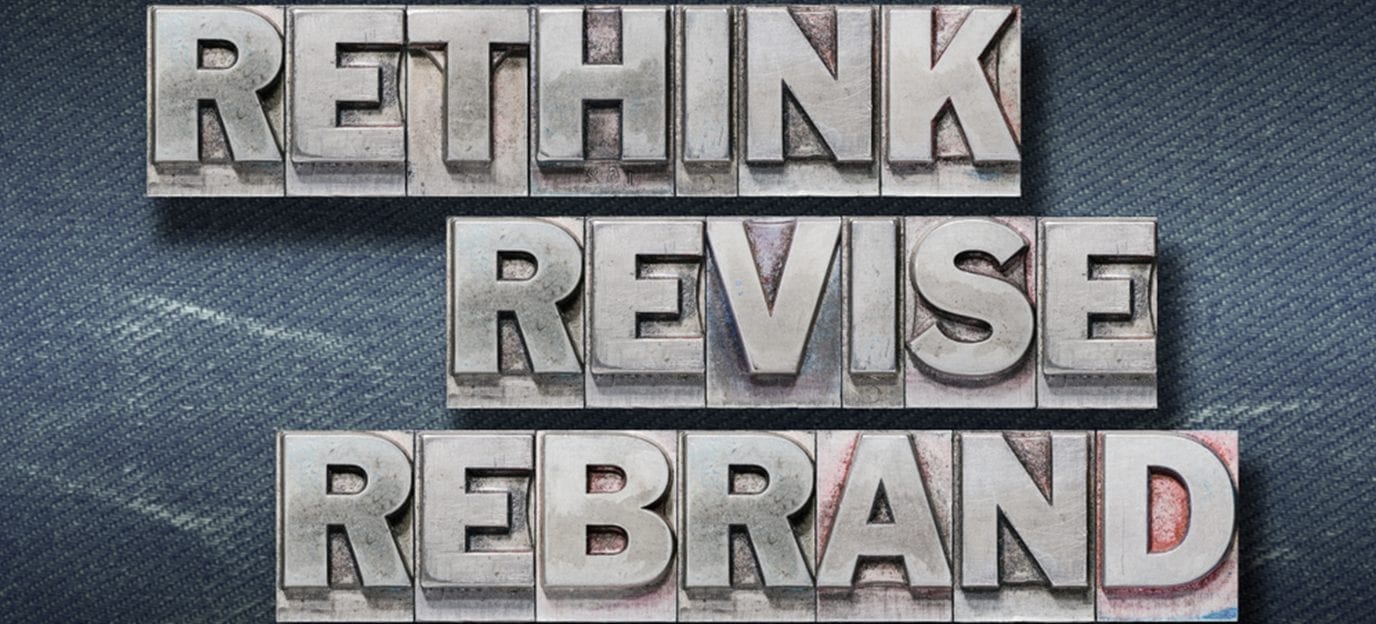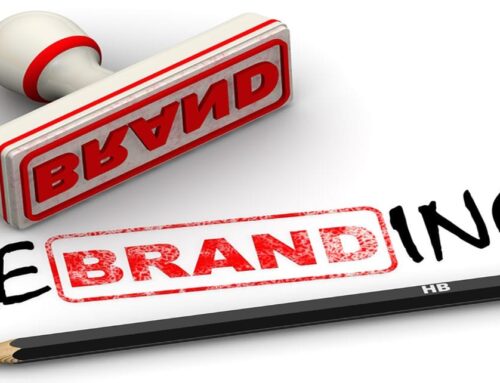Guide for giving your company a makeover
There are many reasons a company might consider rebranding. For whatever reason your company may be considering it, you’ll want to approach your rebrand in a way that will yield the most successful result. Rebranding can be a great reward in the long run, but it’s not an easy effort. Use this information to guide you through for a smoother process.
What is a brand?
Before delving into a rebrand, it’s important to understand what a brand is in the first place. It’s not just a company name, logo, slogan or tagline. Your company brand is your identity. If the company was human, it would be its personality. It’s all the attributes that make similar companies (or products) distinct from all others. This identity must be conveyed in a way that makes customers (and prospective customers) respond in a unique way. They know what to fully expect from your brand and the experience they will have.
1. Always start with ‘why?’
Rebranding takes time, effort and a bit of an investment. If you plan to tap these valuable resources, you need a reason for doing so. Here are just some reasons to consider a rebrand:
- Current brand no longer reflects who you are.
- You are launching a new product or service.
- There’s a need to simplify and focus your message.
- The company has new leadership.
- You need to compete in a new market or at a higher level against more established competitors.
2. Do your research
As you begin, step back and examine your current brand perception and competencies. Most companies have a blind spot when it comes to how they are truly seen in the marketplace. If you don’t take time to research, you run the risk of rebranding on false assumptions. So, ask some questions of customers, employees, stakeholders, business partners, industry experts and new target audience (if applicable). For example, Dunkin’ Donuts tested extensively with consumers before deciding on a change to Dunkin’.
Use the insight you find to help you decide:
- How to differentiate your brand.
- How to approach rebranding and create a strategy.
- How your rebrand will stand up in the competitive landscape moving forward.
3. Position yourself
Take the knowledge you gain from research to create a distinct position. For example, decide whether you will:
- Refocus the brand’s original position.
- Use your brand as a reaction to the competition.
- Go an entirely different direction with the new brand.
Keep in mind, one of the worst things a company can do is confuse the customer base, both the existing clientele and prospective customers. Sudden shifts can be upsetting. As you rebrand, you will want customers to understand what you can do for them and how you will serve them. Sometimes, it will simply mean sending the message that you’ll do what you’ve always done, just differently. (For example, “New look, same great taste.”)
Whatever the position, be clear to everyone in the company about the brand change you will undertake.
4. Put a plan in place
You can’t ever get to where you’re going if you don’t know where that place should be. Have a goal for rebranding and create a strategy to get there. Put together a timeline with objectives and milestones. Consider projected costs so you can keep track as you move forward.
As you work to rebrand, focus on your story and telling that story through look, feel and message. Be sure to set parameters that will ensure your brand will be implemented consistently across all of your marketing materials.
5. Get it out there
Develop a strategy to share the “new you” rebrand with the world via website, social media, marketing efforts, signage, and sales tools. Help employees embrace the new brand so they communicate it appropriately. Some companies take steps to designate brand ambassadors, go-to people with resources for others to reference as everyone comes to understand the new brand. Be consistent and follow through as you continue to support and promote your rebrand.
Learn from example
Over the years, there have been a number of successful rebrands and some not so successful ones. Get insight on why these companies rebranded. This may help you to find similar success and avoid costly pitfalls.
MailChimp: Now offering more than email, it simply outgrew its name. But while other software companies are simplifying their branding, this marketing platform went the other way in an effort to stand out.
Taco Bell: Years ago, this was the only taco chain in town. Other options (Del Taco, Chipotle, etc.) have required a new plan to keep up with the competition. For the first time in 20 years, the company unveiled a new logo and new image as it rolls out 2,000 new restaurants globally in an effort to connect with the next generation of taco lovers and become a $15 billion brand by 2022.
Pizza Hut: Pizza has changed a lot since 1958. The company tried rebranding as “The Hut,” but that blunder and a number of other problems required a new approach to get back in the game. They rolled out the biggest brand overhaul in its 56-year history, including new logo, artisanal flavors and bigger visuals of the offerings.
The Gap: It was an iconic logo everyone loved and a change that came without much warning to consumers. It was so poorly received at the time that The Gap reverted to their original logo design within six days and years later this has been called “the worst rebrand ever.”
Thinking about rebranding?
At T.E. Digital, we are experts in branding and know how important it is to your identity. Our team can take the guesswork out of it for your business, develop an appropriate strategy and help your brand freshen up. Contact us to discuss ways a branding or rebranding strategy can work for you.






Leave A Comment